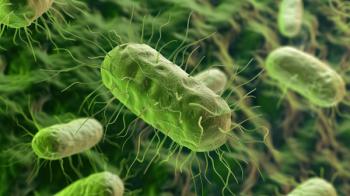
In this study, a glycerol-fed, lab-scale E. coli bioprocess producing representative pharmaceutical compounds was monitored offline with a portable, high-sensitivity Raman spectrometer.

In this study, a glycerol-fed, lab-scale E. coli bioprocess producing representative pharmaceutical compounds was monitored offline with a portable, high-sensitivity Raman spectrometer.
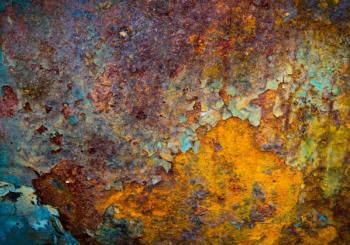
In this study, in situ Raman spectroscopy was used to detect the formation, growth, and evolution of corrosion inside a salt fog chamber. These results pave the way for monitoring the real-time observation of corrosion on metal surfaces.
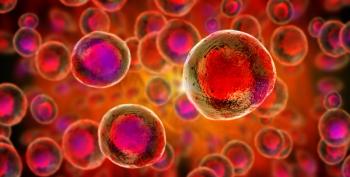
SERS can amplify Raman signals, but to make the technique practical for industrial use, large quantities of substrate are needed. The approach described here could enable cost-effective, reproducible manufacturing of SERS substrates at large scale.
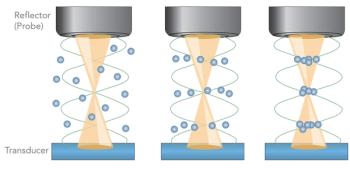
Of the 78 million tons of plastic packaging manufactured every year, approximately one-third ends up in the ocean, the air, and most foods and beverages. To monitor the proliferation of these plastics, an ultrasonic capture method is demonstrated that produces a 1500-fold enhancement of Raman signals of microplastics in water.
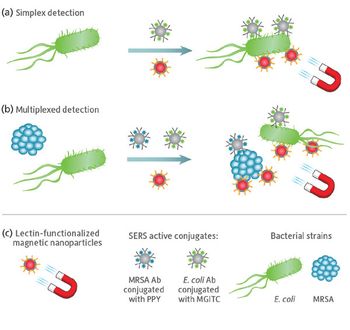
A new application of surface-enhanced Raman spectroscopy (SERS) is described for quantifying low concentrations of pathogens with high reproducibility. In this novel assay, bacteria are captured and isolated using functionalized metal nanoparticles for rapid optical identification via SERS. Initial tests with a portable SERS system validated the ability to identify the presence of Escherichia coli and methicillin-resistant Staphylococcus aureus bacteria.
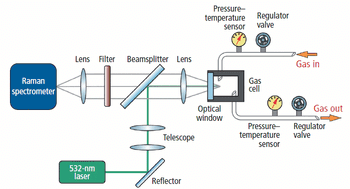
This new data-driven Raman spectroscopy (DDRS) method is capable of simultaneously measuring 12 hydrocarbon and nonhydrocarbon gases in the presence of matrix interferences.

In this technical note we discuss the causes and consequences of stray light, and provide suggestions for mitigating its effects in your experimental setup.

Surface enhanced Raman spectroscopy (SERS) has expanded the applications of Raman spectroscopy to include trace analysis of materials such as explosives residues, evidence at crime scenes, chemical warfare agents and pesticides. As a label-free technique, SERS is also well suited to biosensing, from blood glucose to diagnosis of diseases like cancer, Alzheimer’s and Parkinson’s.
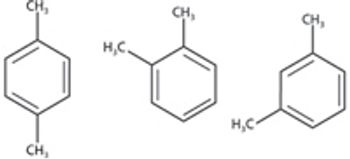
This tutorial demonstrates that Raman is well-suited to tackle two challenges faced by industry: complex mixtures and isomers.
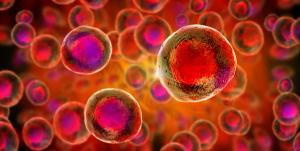
Published: June 1st 2021 | Updated:
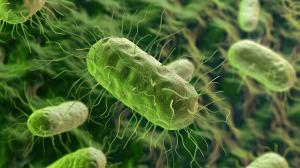
Published: July 1st 2024 | Updated:
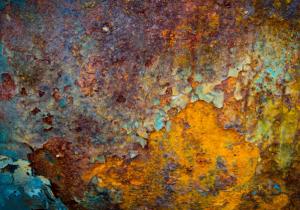
Published: June 1st 2022 | Updated:
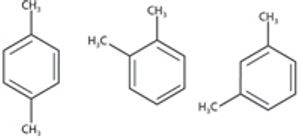
Published: June 1st 2012 | Updated:

Published: August 11th 2015 | Updated:

Published: September 13th 2016 | Updated: